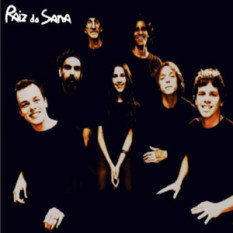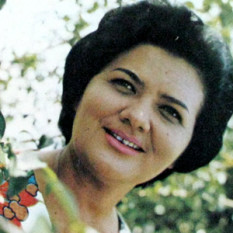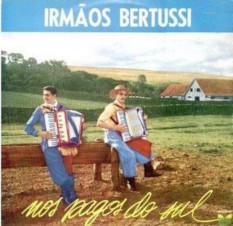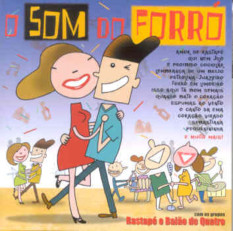Xote (also written xótis, chóte, or chótis) is a binary or quaternary musical rhythm and a ballroom dance of Portuguese origin. It is a rhythm / dance often performed in forró .
The word "Xote" is a corruption of "Schottische," which is a partnered country dance, considered to be a kind of slower polka, Bohemian in origin. The Schottische was brought to Brazil by José Maria Toussaint in 1851 and became popular as a dance of the elite during the Segundo Reinado of the Empire of Brazil. Black slaves began to add steps from their unique dances, and Schottische changed into "xótis" or simply "Xote."
It is a very versatile dance and can be found, with rhythmic variations, from the extreme south of Brazil (the xote-gaucho), to the extreme north, in the northeastern forró. Several other rhythms have similar timing and can be used to dance xote, which has also incorporated various dance steps and elements of Latin American music, including some steps of salsa, the rumba, and mambo.
Today, xote is played and danced throughout Brazil. Some styles include:
Xote-carreirinho: a style common in Rio Grande do Sul and Parana, with choreography close to the polka danced by German settlers in Brazil.
Xote-duas-damas: a variant danced in Rio Grande do Sul, where a gentleman dances accompanied by two ladies.
Xote-inglês: a style popular in the late nineteenth century in Brazil.
Xote-bragantino: a style popular in Pará, where choreography is quite different from the original forms of the dance. .













